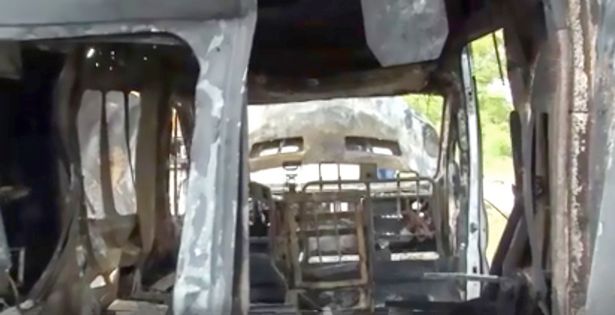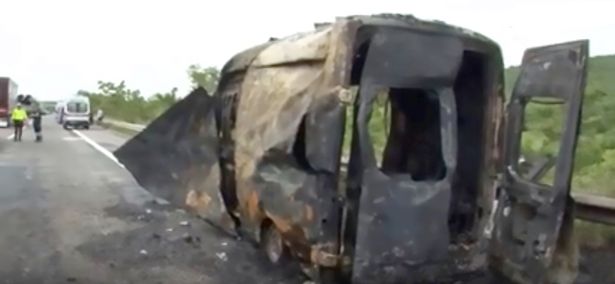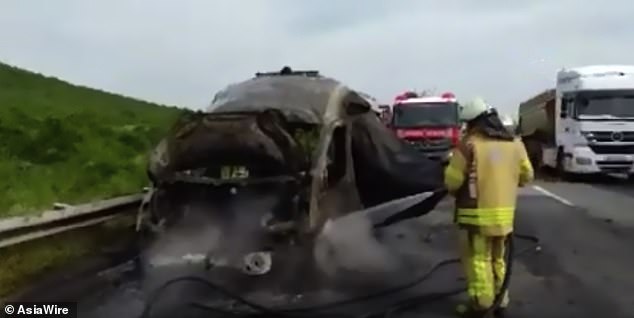
Oxygen tank explodes in the back of an ambulance, one baby dies
The tragedy occurred in Turkey, during emergency transport on the trans-European motorway. The three-month-old girl could not be pulled out from the incubator and died inside the ambulance due to the explosion of an oxygen tank.
ISTANBUL – A three-month-old baby died yesterday inside an ambulance in Turkey. The ambulance caught fire and burnt because of a defective oxygen tank connected to the incubator. The emergency started in the back of the ambulance while the vehicle was running on the Trans-European Motorway. After a first reconstruction, the incubator would be on fire while the other inmates had moved to shelter at the time of the explosion.
Asia Wire posted dramatic video footage about the ambulance on fire along the roadside. In a few minutes, other emergency vehicles arrived on the scene, but it was impossible to save the child. Police are investigating the case, but in a statement appeared online from the hospital, the mother of the baby allegedly said: “Suddenly something happened and the fire broke out from behind, the paramedics left, and I jumped out of the ambulance”. The baby, named Rojin, was in an incubator next to her mother when an oxygen tank exploded. The cause of the explosion is still unknown.
Children Safety on Ambulance – Emotion and Rules, What is the Line to Keep in Pediatric Transport?
Entering into the world of pediatric transport implies reasoning in both an emotional and practical mindset which is very different in comparison to the case of an adult patient. Many children are transported to hospitals with family-owned vehicles, therefore healthcare professionals find themselves “impaired” in pediatric cases even on a technical level, having reduced control especially over medical devices and transportation methods. The driving rescuer’s point of view usually includes different thematic and aspects not widely known, that range from security to specific devices such as thermal cradles. Our point of view is usually considered negligible in this field, and the intent of this article is to raise awareness about our role and our responsibilities and to provide some info and some food for thought.
EMOTION: the anxiety during pediatric transport
From the very first moment, pediatric transport or a neonatal transport has an emotional impact which is different from any other service usually assigned to a team of rescuers, whether in a local emergency or an urgent secondary transport. As for driving rescuers, one of our weak points is that we could be parents ourselves, and we tend to identify ourselves as our first emotion in this kind of scenario. We project ourselves in the hardships that the family is living as if it was happening to us, an unexpected turn of events in which the only lights that shine are the directions given by the rescuers and the healthcare professionals who will take care of the baby during transportation.
A new world felt like a nightmare from which we’d hope to wake up as soon as possible. To us, it’s everyday life, and this emotivity that captures us unveils our weak points, our vulnerability in the uniform, an underlying tension that stays with us all trip long. A tension that makes us strive for precision and accuracy in every choice and action, never to be destructive, or else it would make us run into a series of multiple mistakes.





